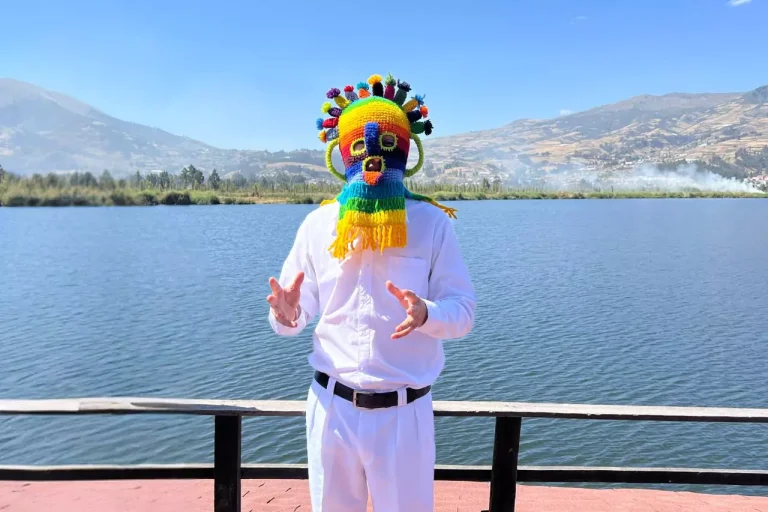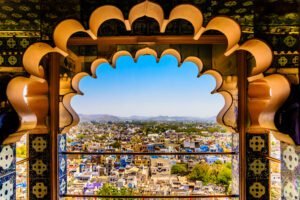Ecuador’s rich culture and stunning landscapes offer more than just a visual feast—they provide a gateway to ancient traditions and spiritual awakening. During my visit to Otavalo, I was guided by Kevin Burga, a member of the Kichwa indigenous group, who introduced me to one of the most profound symbols of Andean spirituality: Aya Huma. This sacred figure embodies the duality of life, resilience, and the connection between humanity and nature.
My journey with AyaHuma not only deepened my understanding of Ecuadorian culture but also led me on a path of self-discovery and gratitude.
Table of Contents
Who is Aya Huma? A Symbol of Duality and Connection
Aya Huma is a central figure in Kichwa and Andean mythology, revered as a protector and spiritual guide. Kevin explained the intricate symbolism of Aya Huma to me, beginning with its distinctive features:
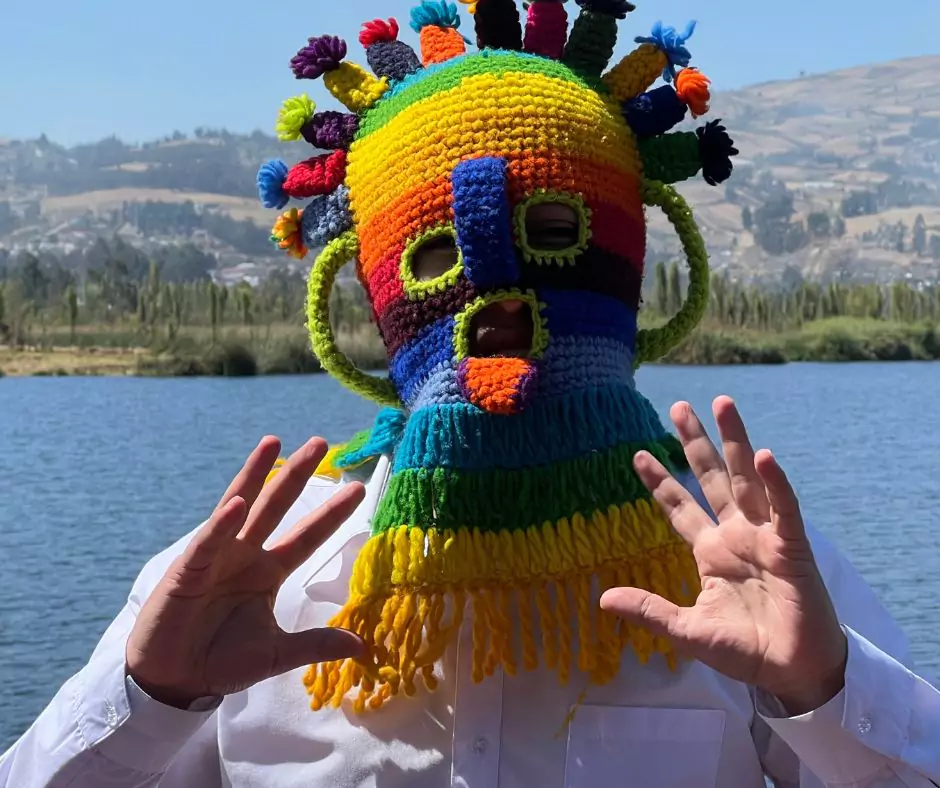
- Two Faces: Representing the balance of existence—hot and cold, life and death, sweet and salty.
- Two Noses: Pointing North and South, symbolizing connection to the Earth’s natural directions.
- Ears Facing East and West: Encouraging attentiveness and alignment with the world.
- Twelve Horns: Representing the 12 months of the year and the cyclical nature of time.
For the Kichwa people, Aya Huma is more than just a mythical figure, it is a symbol of resilience, spiritual power, and community protection. It acts as a bridge between the human and natural worlds, reinforcing the Kichwa philosophy of interconnectedness and balance.
Aya Huma’s Role in Kichwa Rituals and Festivals
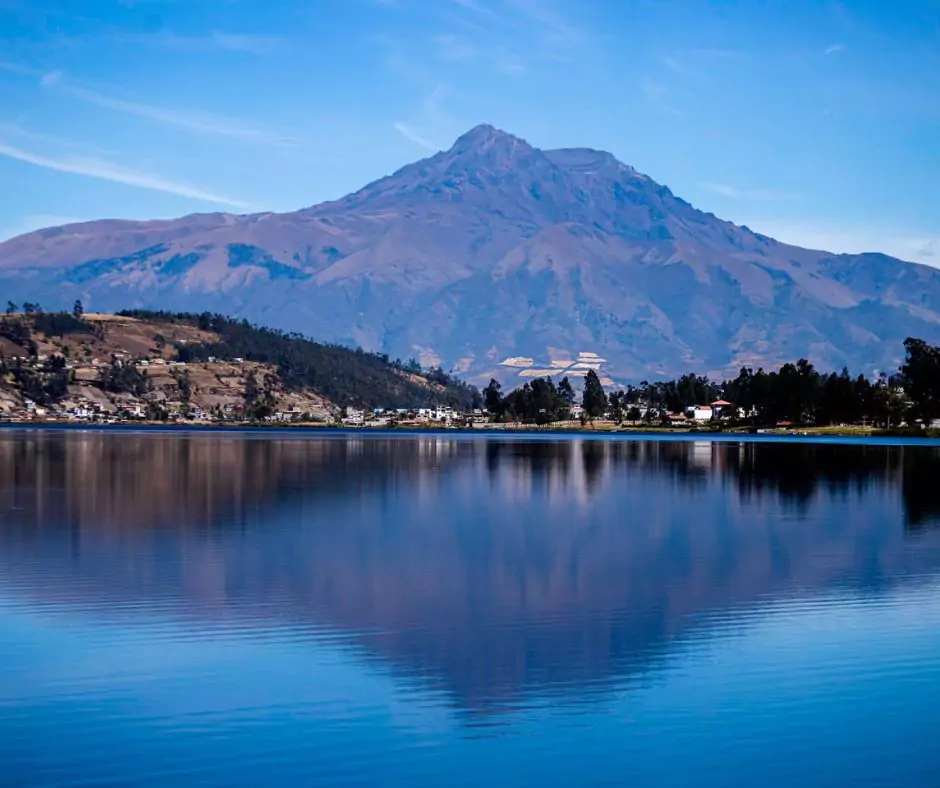
The Inti Raymi Festival: Honoring the Sun and Aya Huma
Kevin introduced me to the spiritual significance of Inti Raymi, the Festival of the Sun. This vibrant celebration is central to Andean culture, honoring the Sun as the life-giving force. Aya Huma plays a starring role in the festival:
- A chosen community member undergoes a midnight purification ritual under a waterfall before donning the Aya Huma mask.
- The mask-wearer leads dances, processions, and ceremonies, embodying the spirit of Aya Huma to connect humanity, nature, and the divine.
- At the end of the festival, the wearer returns to the waterfall at midnight, removing the mask and passing its energy on to the next generation.
Through this ritual, Aya Huma represents continuity and resilience, safeguarding the community’s cultural and spiritual heritage.
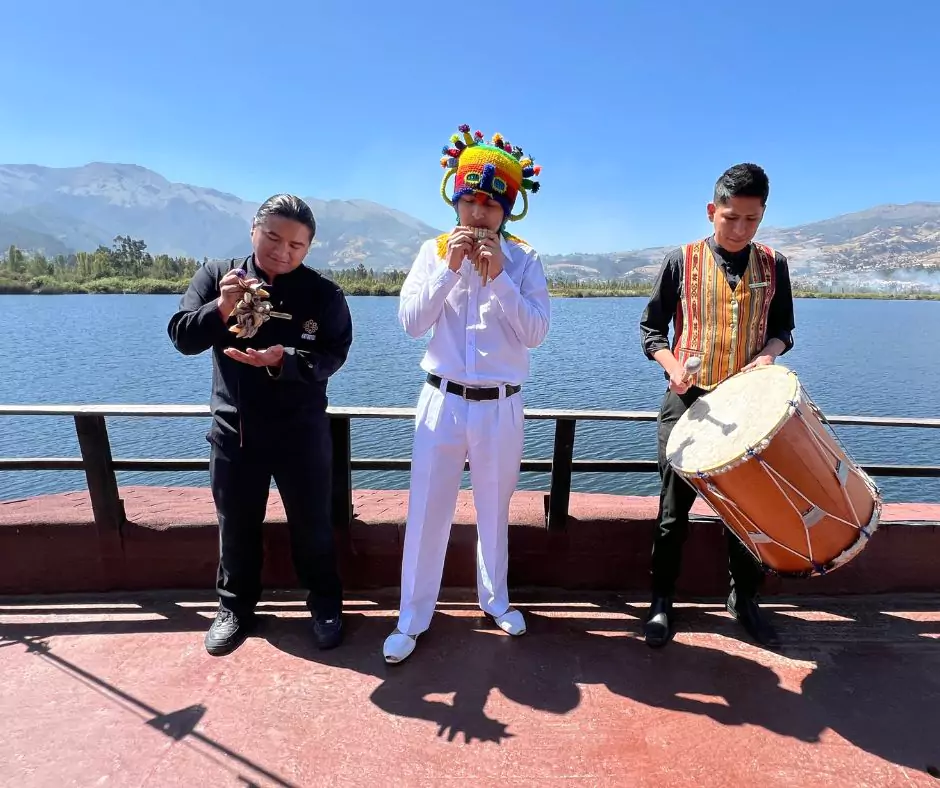
Rituals of Gratitude at Lake San Pablo
During my time in Otavalo, Kevin invited me to join a sacred ritual at Lake San Pablo. As he donned the Aya Huma mask, he played songs and chanted, his voice resonating across the still waters and into the surrounding Andes. Together, we gave thanks to the mountains and volcanoes encircling the lake, saying “Yupiechani”—the Kichwa word for “thank you.”
This act of gratitude is central to Kichwa spirituality, fostering a deep connection to the Earth and its blessings.
Aya Huma : A Symbol of Cultural Pride and Identity
Throughout Ecuador, Aya Huma is a powerful emblem of indigenous identity and heritage. The figure reflects the Kichwa people’s pride in their ancestral traditions and their deep connection to nature. During my travels, I encountered masks and effigies of Aya Huma in villages and markets, each one a reminder of the cultural significance this figure holds.
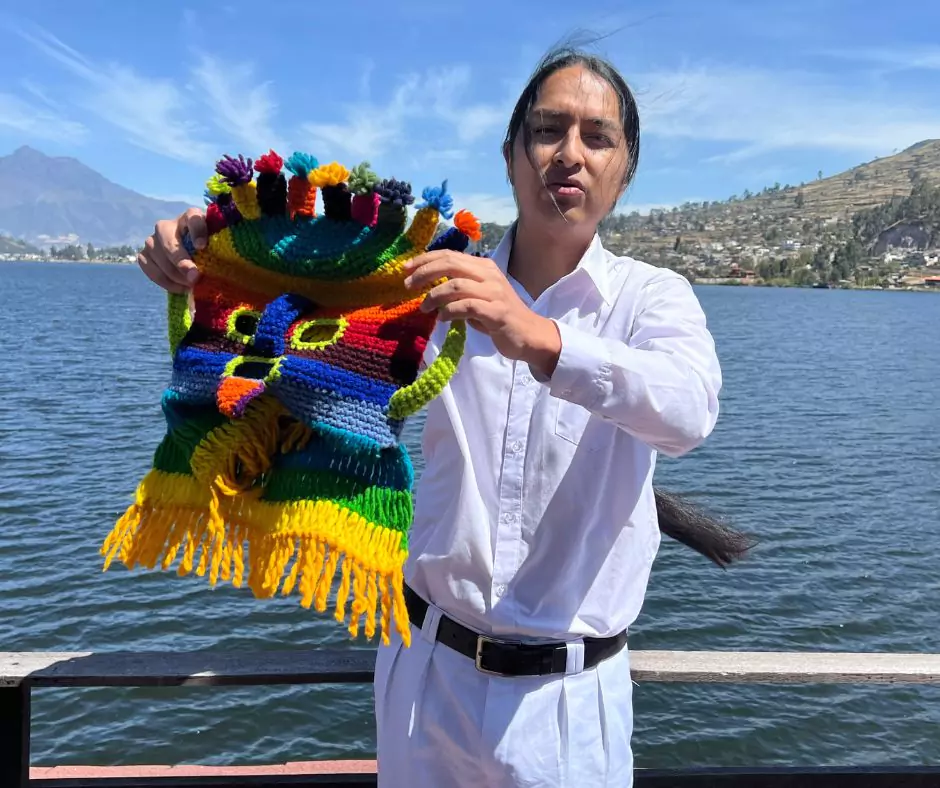
Kevin shared how Aya Huma helps preserve Kichwa traditions, ensuring they are passed down through festivals like Inti Raymi and rituals of gratitude. These practices not only celebrate the natural world but also reinforce the community’s resilience and pride in their heritage.
What Aya Huma Taught Me
My journey to discover Aya Huma was more than an exploration of culture—it was a deeply personal experience. As I stood by Lake Pablo, joining Kevin in thanking the mountains and volcanoes, I felt a profound connection to the world around me. The balance Aya Huma represents—the duality of life, the interplay of opposites—resonated deeply.
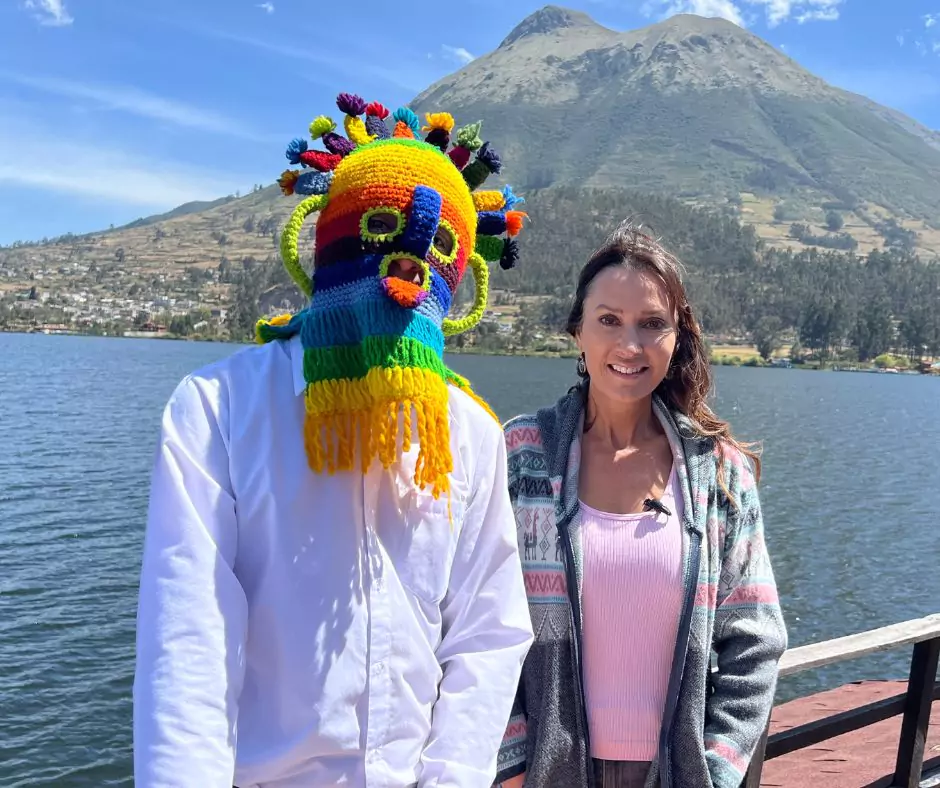
Kevin’s words stayed with me: “There’s hot and cold, sweet and salty, life and death.” These aren’t just opposites, they are essential forces that shape our lives and create harmony. Through my connection to Aya Huma, I learned to embrace life’s dualities and carry gratitude in my heart.
Saying “Yupiechani” became a mantra during my travels and beyond, a reminder of the meaningful connections I had made with the land, the people, and myself.
How Nature and Spirituality Intertwine in Ecuador
Ecuador’s diverse landscapes—towering Andes, lush Amazon, and misty cloud forests—offer a spiritual haven for travelers seeking self-discovery. Here’s how nature and spirituality intertwine:
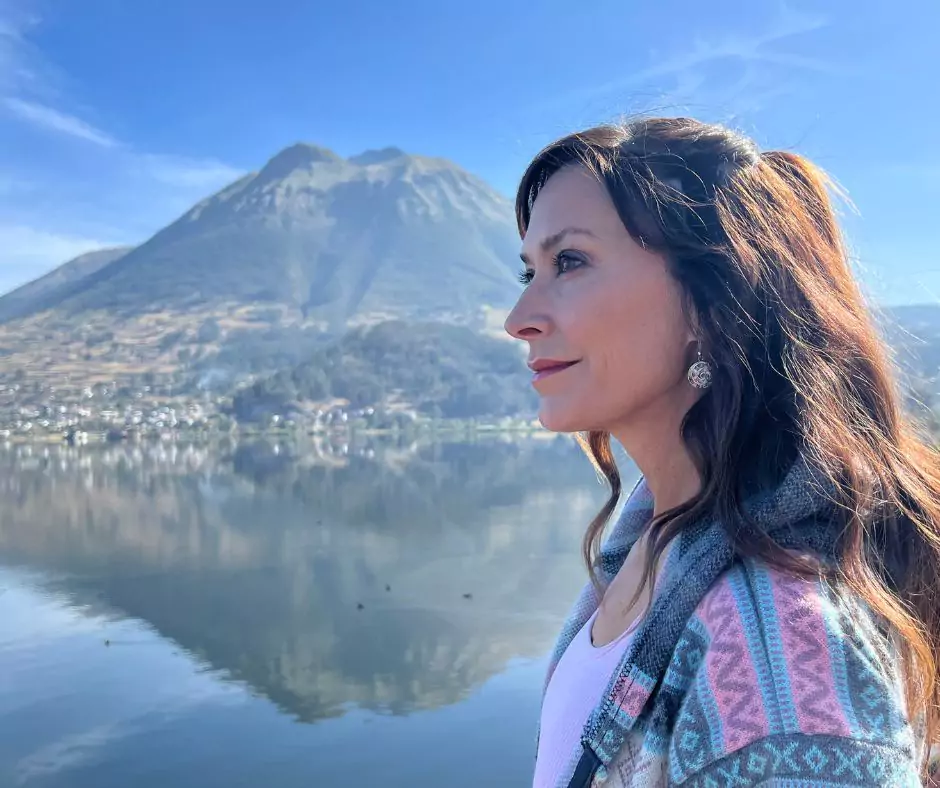
Sacred Landscapes
Places like Lake Pablo and the Cotopaxi Volcano are revered as spiritual sites where ceremonies honor Pachamama (Mother Earth). These serene settings foster introspection and a deeper connection to the earth.
Shamanic Traditions
Engaging with indigenous shamans provides insight into the Andean worldview. Ceremonies involving traditional plants like Ayahuasca facilitate emotional healing and spiritual awakening.
Cultural Festivals
Festivals like Inti Raymi immerse visitors in rituals that emphasize gratitude for nature and the cycles of life, connecting participants to a deeper understanding of existence.
What Travelers Can Learn from Aya Huma
Aya Huma is more than a mythical figure, it’s a guide to life’s profound truths. Here are some lessons Ayahuma imparts:
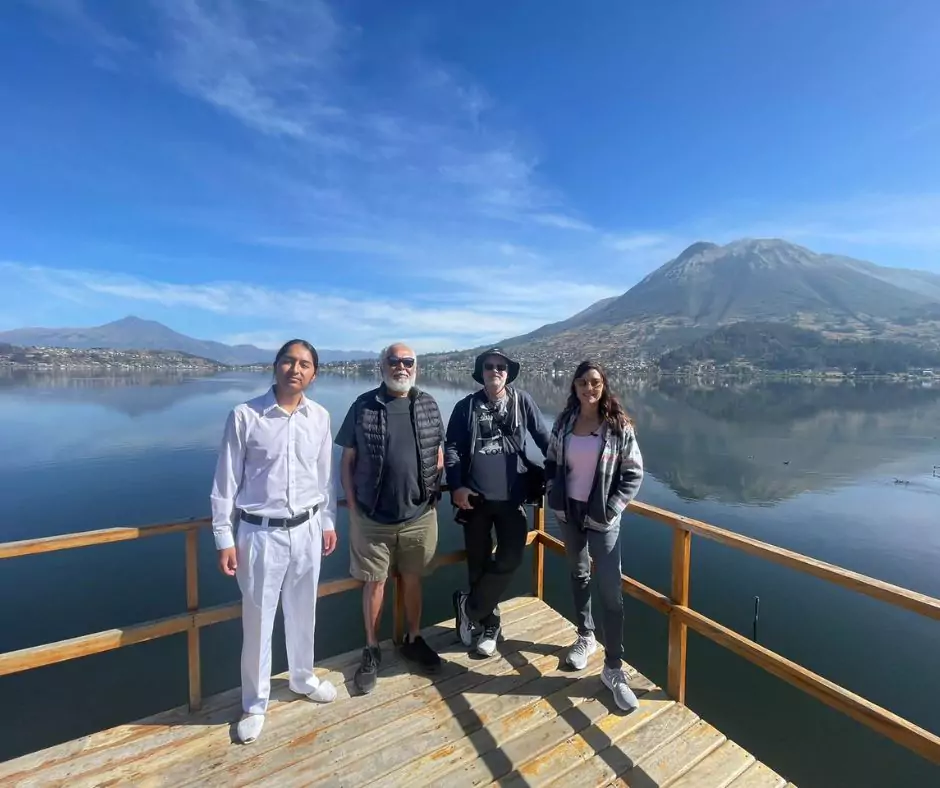
1. Embrace Duality
Life is a balance of opposites: joy and sorrow, strength and vulnerability, success and failure. Aya Huma teaches us that these contrasts are not in conflict—they coexist to create harmony. When we accept life’s ups and downs, we find peace in the journey.
2. Honor Nature
Aya Huma represents a deep connection to the Earth. Travelers can take inspiration by fostering respect for the planet’s resources. From conserving water to reducing waste during travels, small actions can show gratitude to the natural world.
3. Celebrate Community
The rituals and festivals connected to Aya Huma emphasize the importance of shared experiences. Community is a source of strength and unity. Participating in group activities, whether it’s a dance or a shared meal, fosters connections that transcend cultural boundaries.
4. Practice Resilience
Aya Huma is a symbol of strength and perseverance. It reminds us to draw courage from our roots—whether cultural, familial, or spiritual. When faced with challenges, reflect on the lessons of those who came before us and let their wisdom guide you forward.
5. Foster Gratitude
Aya Huma reminds us to embrace gratitude as a guiding force in life. Whether it’s giving thanks to nature during rituals or appreciating small daily blessings, gratitude helps cultivate a sense of connection and fulfillment. Travelers can incorporate this mindset by acknowledging the beauty of the landscapes, cultures, and people they encounter, leaving every destination with a heart full of appreciation.
Tips for Engaging Respectfully with Ecuador’s Indigenous Cultures
To connect meaningfully with Ecuador’s rich traditions, approach its indigenous cultures with respect and authenticity.
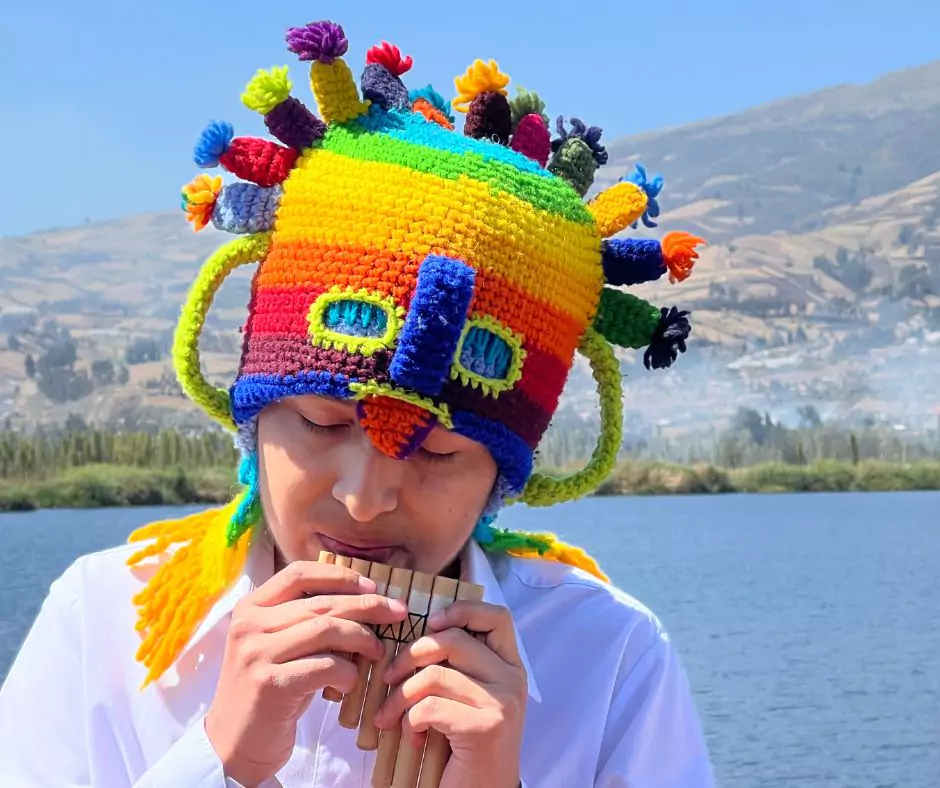
Choose Ethical Tours
Support community-led initiatives like Art Experiences Ecuador, which prioritize cultural preservation and fair economic practices.
Participate Mindfully
When joining rituals or festivals, remember they are sacred practices, not performances. Listen, observe, and ask permission before taking photos. Show genuine curiosity and humility, knowing these moments are a privilege to witness.
Support Local Artisans
Ecuador’s indigenous artisans create stunning textiles, jewelry, and crafts. By purchasing directly from them, you’re not just buying a souvenir – you’re supporting a family and preserving traditional craftsmanship. Visit markets like Otavalo Market for authentic, handmade goods.
Learn Basic Kichwa Phrases
A few words in Kichwa can go a long way in building connections. Saying “Yupiechani” (thank you) or “Alli puncha” (good morning) shows effort and respect. Locals appreciate travelers who make an attempt to communicate in their language.
Respect Sacred Spaces
Sacred sites like Lake San Pablo or Cotopaxi Volcano hold deep spiritual meaning. Always seek permission before entering or photographing these places. Follow local customs, such as leaving offerings or maintaining silence, to honor their significance.
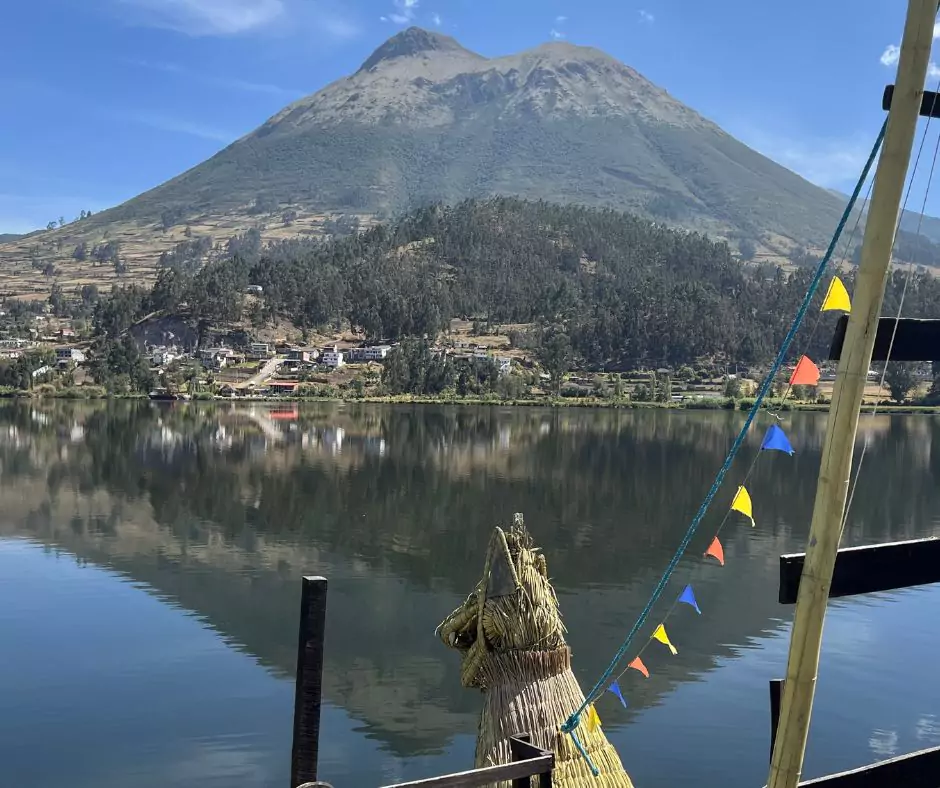
Embracing Aya Huma’s Wisdom on My Journey
Discovering Aya Huma has left a lasting impression on my heart. It taught me to embrace life’s dualities, cherish the natural world, and find strength in gratitude. Ecuador, with its sacred landscapes, vibrant festivals, and spiritual traditions, offers travelers more than a destination—it provides a gateway to transformation.
As I carry Aya Huma’s lessons with me, I’m reminded to live with balance, resilience, and gratitude. And for that, I say, “Yupiechani.”
More Ecuador Travel Guide Tips For You
Best Time to Visit Quito, Ecuador: A Detailed Guide
Ecuador Roses: A Traveler’s Guide to Unique Experiences
5 Reasons Why Horseback Riding in Ecuador is a Must-Do
In Search of the True Equator Line in Ecuador
How Microentrepreneurship Empowers Ecuador’s Culture Bearers
5 Best Hotels in Quito Ecuador









